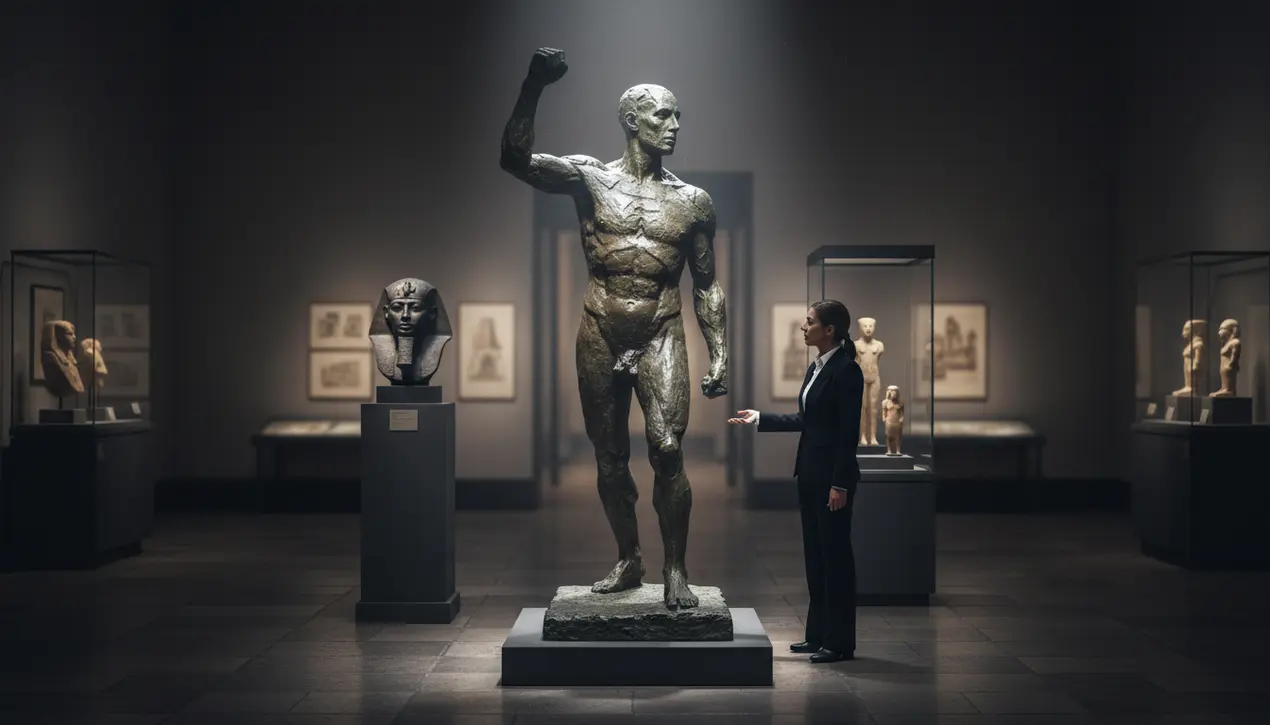
Entertainmenttheatre & artsArt Exhibitions
Rodin's Egyptian Art Collection Influenced His Sculptures
AM
Amanda Lewis
16 hours ago7 min read2 comments
The exhibition 'Rodin's Egypt' meticulously unveils a profound artistic lineage, demonstrating how the French master's extensive private collection of over a thousand Egyptian antiquities served as a silent, yet formidable, mentor to his revolutionary sculptural practice. Far from being mere decorative artifacts, these ancient pieces—ranging from weathered basalt heads of pharaohs to intricately carved shabti figures—became Rodin's personal museum of eternal forms, a library of gesture and mass that he studied with the intensity of a scholar.This was not simple appropriation; it was a deep, spiritual dialogue across millennia. One can observe the Egyptian influence not in literal reproduction, but in the tectonic shift in his approach to the human form.The rigid, frontal posture and immutable serenity of a granite statue of Ramses II find a strange, modern echo in the monumental, unfinished quality of 'The Walking Man,' where the torso itself becomes a landscape of muscle and stone, possessing a timeless, geological weight. Similarly, the subtle, inward-looking smile of a Ptolemaic period sculpture resonates in the enigmatic, introspective faces of his 'Burghers of Calais,' where emotion is conveyed not through theatricality but through a profound, internalized stillness.Rodin’s genius lay in his ability to absorb the Egyptian principle of the figure as an architecture of the soul—a concept where the body is not a transient vessel but a permanent, symbolic structure. He translated their hieratic language of eternity into a modern vocabulary of passion and fracture, maintaining the core integrity of the form while injecting it with the psychological turmoil of the modern age.This curatorial revelation forces a reevaluation of his entire oeuvre; works like 'The Thinker' are no longer just icons of Romantic agony but can be seen as descendants of the scribe statues from ancient tombs, figures frozen in a state of perpetual, concentrated contemplation. The exhibition, therefore, does more than display artifacts; it illuminates the very channels of artistic transmission, showing how a 19th-century pioneer found his path to abstraction and emotional depth by walking the hallways of a civilization three thousand years his senior.
#Rodin
#Egypt
#sculpture
#art exhibition
#archaeology
#featured
Stay Informed. Act Smarter.
Get weekly highlights, major headlines, and expert insights — then put your knowledge to work in our live prediction markets.
Comments
Loading comments...
© 2025 Outpoll Service LTD. All rights reserved.